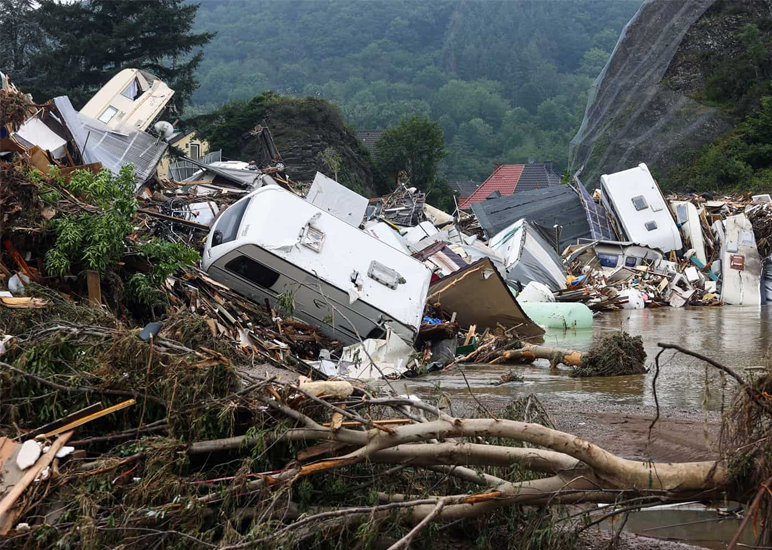
Reinsurance rates for property catastrophe business should increase by over 10% at the January renewals, supporting underwriting margins against rising claims from high inflation and climate change.
According to Fitch Ratings, increasing prices and higher reinvestment yields will help offset the effects of rising claims inflation and lower asset values.
Fitch expect double-digit percentage premium rate rises for property catastrophe cover in 2023 driven by insured losses of about $120 billion in 2022 and the increasing frequency and severity of natural catastrophe claims.
It forecasts broadly stable underlying profitability for the global reinsurance sector in 2023 and is maintaining its neutral sector outlook.
Price rises will be most pronounced in the regions worst affected by natural catastrophe events in 2023, including Australia, Florida and France.
Hurricane Ian is likely to have caused between $35 billion and $55 billion of insured claims, making it one of the costliest natural catastrophe events ever.
Reinsurance capacity for property catastrophe risks to be pressured in 2023, with selective capital inflows from risk carriers more than offset by partial or total withdrawals by other reinsurance providers.
Limited retrocession capacity will put additional upward pressure on property cat premium rates.
Terms and conditions in 2023 are also expected to be tighter, including a movement to named perils coverage from all perils, higher insurer retentions and reduced limits provided. Aside from in Florida, demand for property catastrophe reinsurance during the 2023 renewals season will be broadly met.
Premium rate increases are expected for specialty lines of business that have been most affected by the war in Ukraine, while Motor hull premium rates will also increase in response to high spare-parts price inflation.
Though it suggest that increases for liability lines should be more muted, as more reinsurance capacity will be directed to this part of the market.
Claims inflation hasn’t been increased by social inflation or general inflation but it expects this to change in 2023, with negative implications for underwriting margins and reserves, adding that underestimating claims inflation for liability lines is one of the most significant risks for reinsurers.
Fitch’s updated global reinsurance forcasts expect the calendar-year combined ratio to improve by about 4pp in 2023, assuming a more normal level of natural catastrophe losses and given the withdrawal of cover related to the war in Ukraine.
Underwriting margins excluding natural catastrophe and war-related losses are likely to only marginally improve.
The steep rise in interest rates in 2022 has led to write-downs on large parts of reinsurers’ investment portfolios. This has caused accounting capital to shrink significantly due to the accounting mismatch between assets and liabilities.
The impact on economic and regulatory capital has been neutral to positive, and we do not consider the industry’s capitalisation to have suffered. The write-downs have also depressed investment income, leading to lower reported earnings for 2022, but rising reinvestment yields should gradually boost investment income over time.
by Yana Keller




